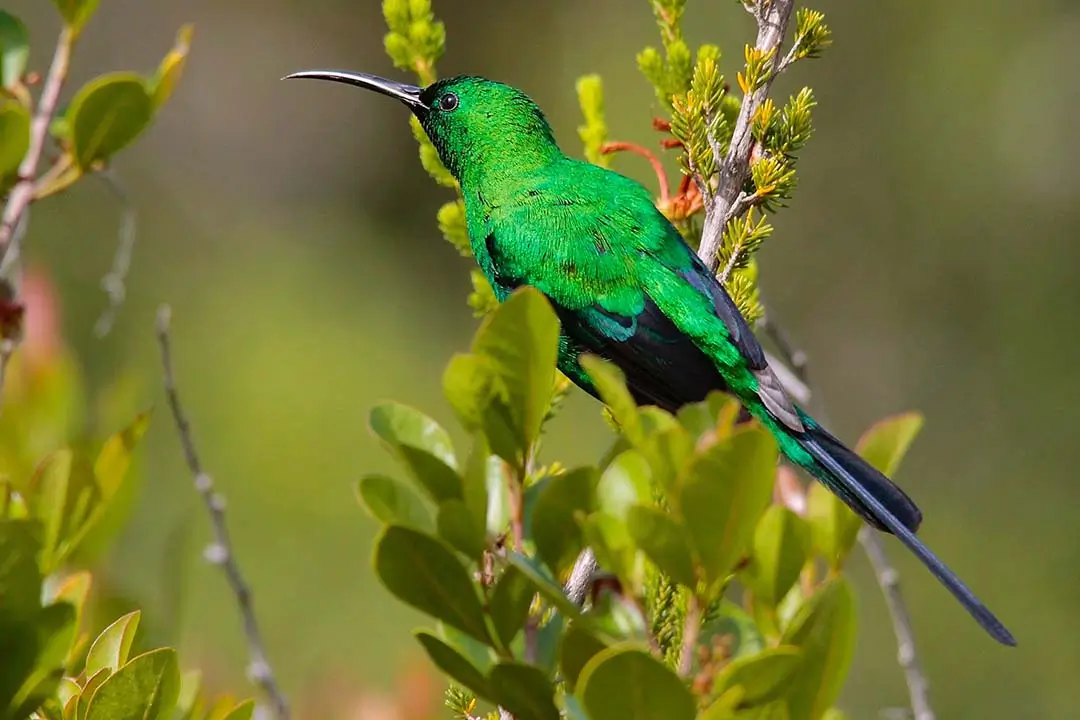
BIRDING IN
Nyanga National Park

BIRDING IN
Nyanga National Park

BIRDING IN
Nyanga National Park

BIRDING IN
Nyanga National Park
The Nyanga Mountains form the northernmost extent of the Eastern Highlands in Zimbabw. They lie about 70 km north-east of Mutare in two rural Districts, Nyanga and Mutasa. The mountains are a popular tourist destination, attracting large numbers of visitors. Nyanga National Park (440 km²) forms the core of this site and also part of an adjacent, contiguous IBA, Nyanga lowlands/Honde valley. The park is surrounded by privately owned commercial farms, forestry plantations, tea estates and communal lands. The Nyangani massif peaks at 2,592 m. The topography is very diverse, with a rolling hilly plateau in the west and north giving rise to several large rivers: the Kairezi, Nyangombe and Pungwe. The plateau is deeply bisected by the gorges of the Pungwe and Nyazengu rivers in the south.
Mount Nyangani, the highest point in Zimbabwe, lies in the centre of the park and Mutarazi Falls, Zimbabwe's highest waterfall, is in the south of the park. Nyanga National park incorporates the former Mutarazi Falls National Park on its southern boundary. There are numerous high waterfalls, with the Mutarazi waterfall being one of the highest in Africa, dropping 380 m. The eastern slopes of the mountains, particularly Nyangani Mountain, form a steep-sided escarpment, dropping down to 900 m into the Honde valley. The west side has an escarpment that drops from Rukotso (2,405 m) and World's View to the Nyanga North Communal Land (1,400 m).
The eastern slopes are often covered in mist. Above 1,800 m the temperatures are cool and relatively temperate. Frost (-4°C) is common in winter. The mountains have extensive Afromontane vegetation at high altitude (1,800 - 2,400 m), comprising fineleaved dwarf shrubland with a large variety of herbaceous plants, including some Afro-alpine species. Afromontane rainforests are found on the eastern (windward) slopes (the Important Bird Area is defined as extending down to the 1,650 m contour, the boundary of the montane forest) and in kloofs on the leeward slopes. Syzygium is dominant in this undisturbed forest. Afrocraniamontane forest occurs on wet boulder-screes and in high valleys.
These forests have affinities with those further norths in Malawi and East Africa. There are small patches of drier Widdringtonia coniferous forest in fireprotected sites. In the drier, flatter west, the grasslands are interspersed with dwarf Brachystegia woodland. Acacia woodlands occur in isolated patches at the base of granite kopjes. There are also extensive plantations and forests of non-native Acacia and Pinus throughout the area. Fire is an important ecological factor, particularly in the grassland environment.
It contains the highest land in Zimbabwe, with green hills and perennial rivers. Most of its terrain consists of rolling downland, sometimes lightly wooded, lying at altitudes between 1,800 - 2,593 metres. Mount Nyangani, the highest point in Zimbabwe, lies in the centre of the park and Mutarazi Falls, Zimbabwe's highest waterfall, is in the south of the park. Nyanga National park incorporates the former Mutarazi Falls National Park on its southern boundary.
Our Experts are ready to provide answers
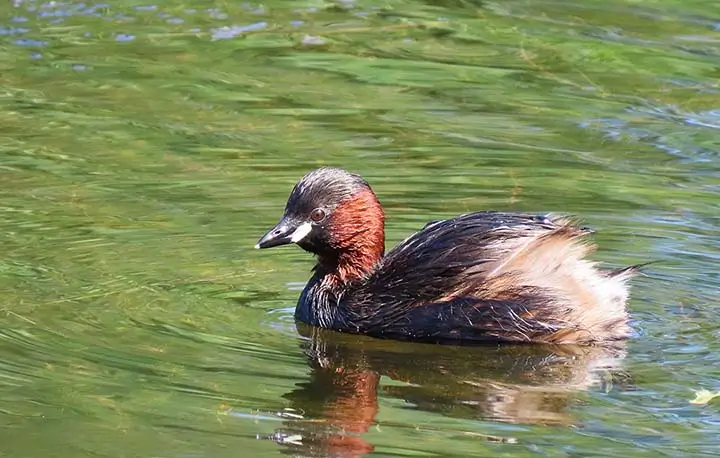
Common birds to look out for while catching your breath are several miombo specials, namely the Miombo Rock Thrush, Miombo Grey and Rufousbellied tits, Miombo Double-collared Sunbird, and MashonaHyliota.
Read More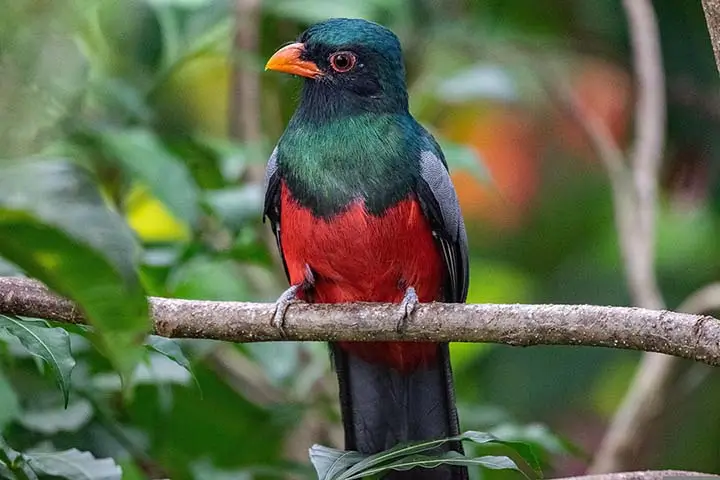
Chizarira provides a wide variety of habitats for birds, with nearly 400 species having been recorded.
Read More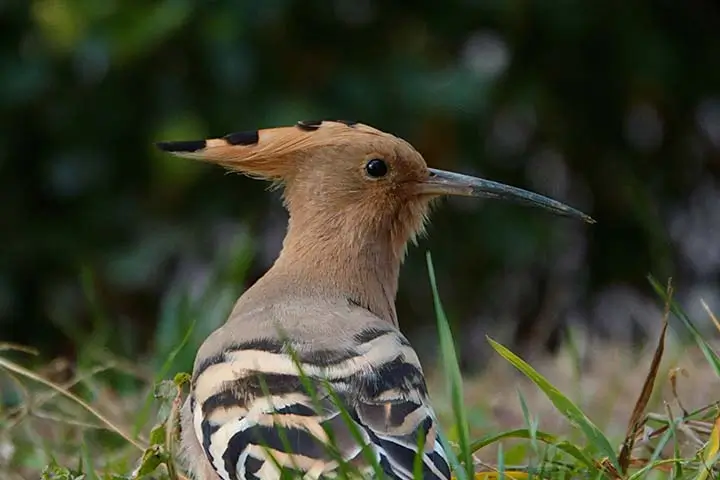
owering red cliffs and massive baobab trees create a dramatic backdrop to Big 5 game viewing as well as bird watching that ranks among the best in the region.
Read More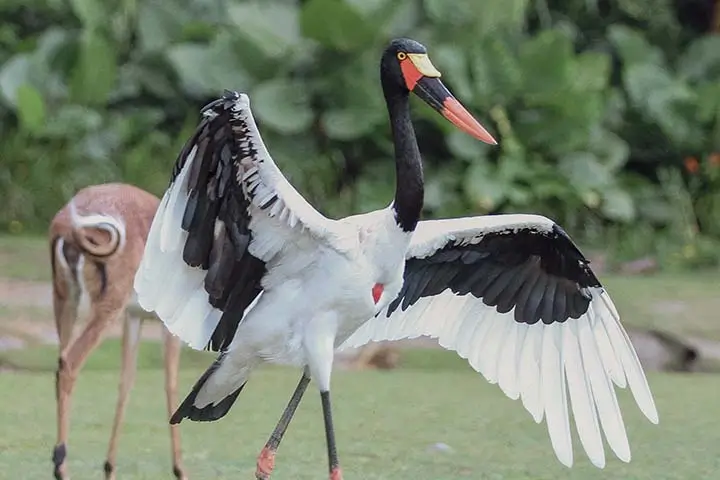
Generally, Hwange is considered to be of conservation importance for 24 species, including Ciconiaepiscopus, Oxyuramaccoa, Gallinula angulata and Chlidonias hybridus.
Read More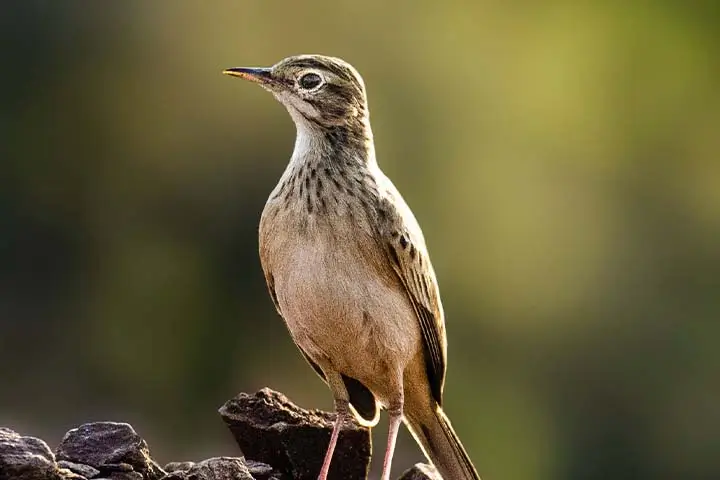
he pan systems are also ideal habitat to a large variety of water birds, with a number of species including storks, crowned cranes, stilts, cormorants, ducks and kingfishers occurring throughout the area.
Read More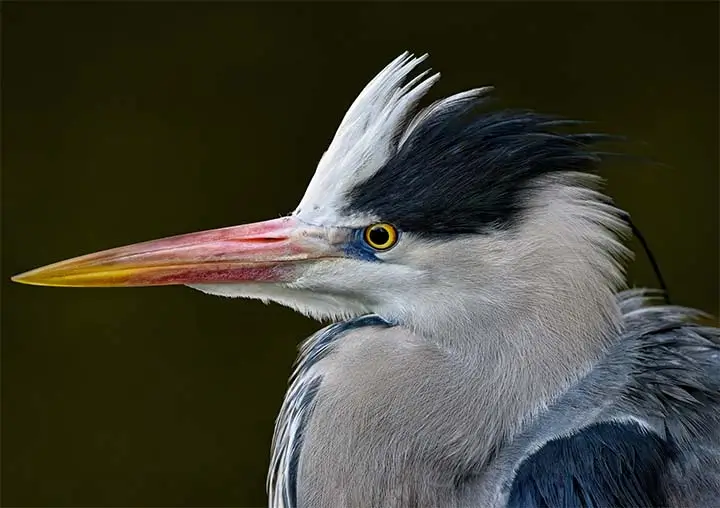
The remnant pools of the mighty Zambezi River attract many mammals and bird species.
Read More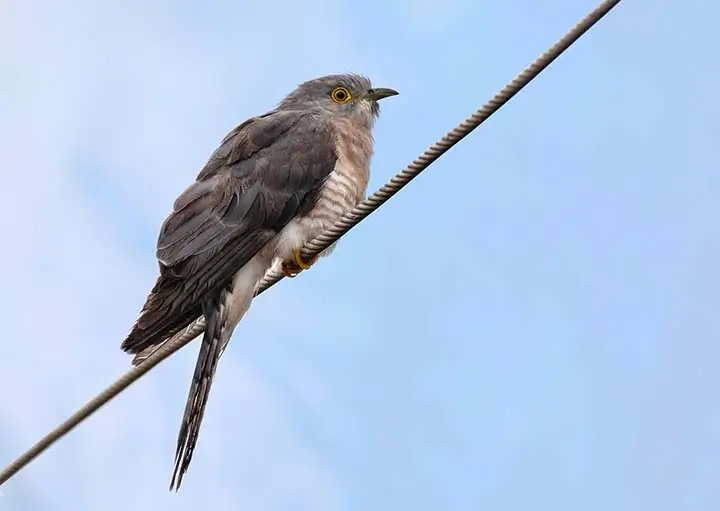
Matobo National Park contains the highest concentration of black eagles, and breeding pairs of these birds, worldwide.
Read More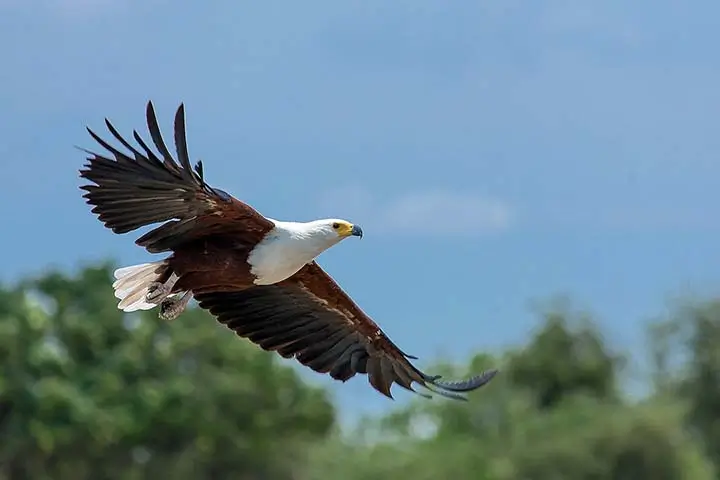
Giant African fishing eagles sit on trees. Smaller but colorful kingfishers and bee-eaters divebomb for fish and insects and when you add all the egrets and cranes and storks it's a total birder's paradise.
Read More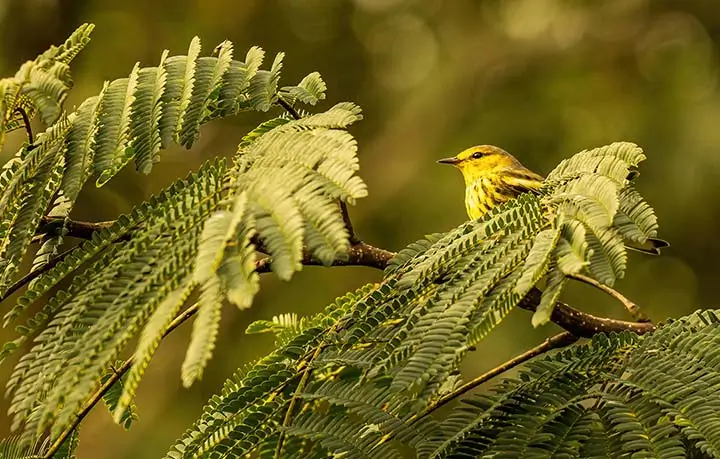
Lake Chivero hosts many waterbirds, and 100 species are on the checklist. At times, thousands occur. In the austral winter, many ducks loaf on the dam during their flightless moult.
Read More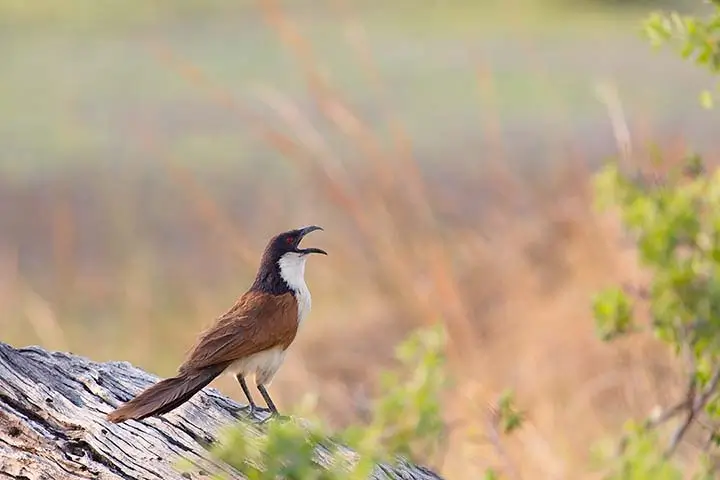
There are bird specials here that are far easier to find than anywhere else in the country. You'll probably be able to tick off lifers like grey-headed parrot, African broadbill, short-clawed lark, Shelley's francolin and crested guineafowl. Others, like Arnott's chat and the Senegal coucal, are central African birds at the southern edge of their range here.
Read More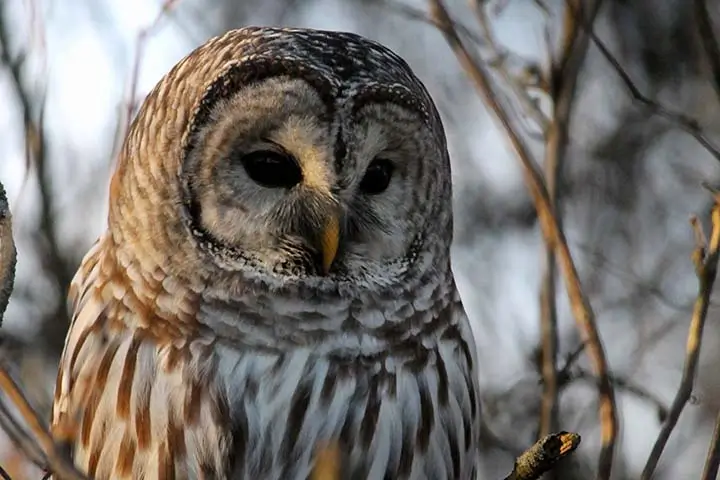
Just 15 kilometres from Mutare, the capital of Manicaland province, rise the rounded granite domes of the Bvumba, the Eastern Highlands' most popular birding destination.
Read More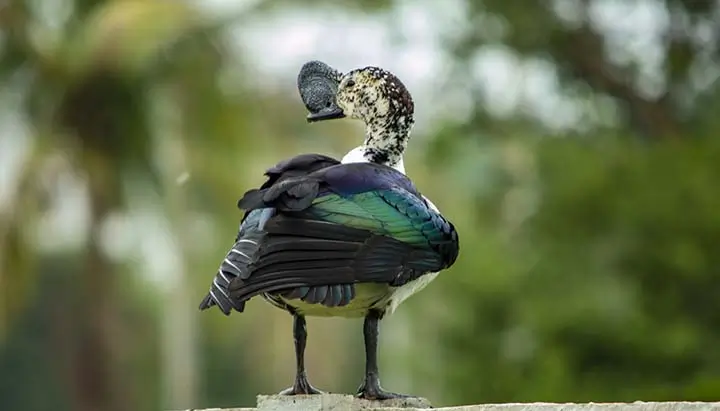
Birding is a highlight of a trip to Victoria Falls: 470 species of birds have been recorded in both these parks and in the Victoria Falls area, including Pel's fishing owl, African skimmers.
Read More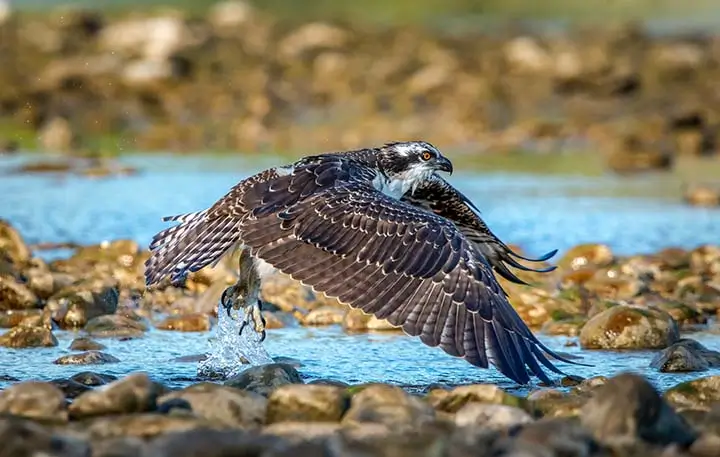
Over 400 species of birds have been recorded within the Zambezi National Park. Pel's fishing owl, African skimmer, collared palm thrush; lanner falcon, goliath heron, African finfoot, rock pratincole and long-toed lapwing are considered to be among the speciality birds of the park.
Read More